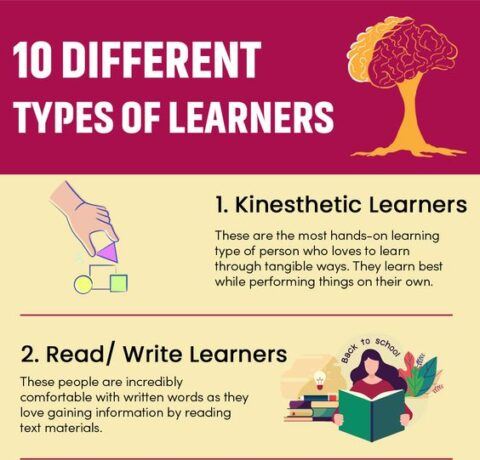Top 7 Reasons to Invest in eLearning Now Infographic
With businesses transferring all kinds of processes and operations online, it is only logical to digitalize corporate education as well. The reasons are numerous and this infographic lists the most significant ones. In addition to that, you will also find what leads to each benefit of eLearning.
1. It Takes Less Time
- Online training requires 40 to 60% less time than the classroom one.
- We are talking about massive time savings here! All this time can be spent working or living…
Why?
- Self-paced learning and mobile learning allow learners to choose the most suitable time and place for them
- Learners don’t have to spend time to travel or commute
- Microlearning, that breaks material into bite-size chunks, enables learners to spend as little as 5 minutes per session.
2. It Costs Less
Online training saves money:
- 26% of companies saw a decrease in costs after implementing eLearning
- $11 per eLearner vs $95 per classroom learner
- Businesses save a minimum of 50% when they transition from classroom training to online.
Why?
With online learning you don’t have to pay for:
- Travel and accommodation
- Instructor for every learning session
- Facilities (classroom and equipment).
3. Employees Learn More
And, research shows that employees manage to study more efficiently with eLearning than in a traditional classroom.
Participants of an online course learn five times more without increasing the time spent in training.
How is that possible?
We attribute this advantage to various engagement strategies of online learning. Things like edutainment, gamification, micro-learning and spaced repetitions have proven to increase the learning intensity.
4. Employees Remember More
Those who study online retain 60% more knowledge, than trainees of face-to-face format, who remember only 8-10% of the material.
Why?
There is a number of online reinforcement strategies that help learners retain more knowledge:
- Gamification
- Spaced repetitions
- Continuous post assessments.
5. Employees Become Better At Their Jobs
Since the goal is to not only retain knowledge but to also apply it on-the-job, improved work performance should be a result of any successful training program.
So the successful adopters of eLearning have witnessed the following results:
- 53%saw an increase in productivity and engagement
- 10% or more in improvements to key performance indicators (KPIs).
To be so impactful, your eLearning program has to possess the following characteristics (among others):
- Learning content should be customized and relevant to work
- Employees should be supplied with enablement tools, such as action plans, templates, playbooks, checklists etc. can be directly applied to work.
6. Employees Like Their Jobs More
Employees also understand the importance of good corporate training and the role it plays in their career advancement.
Thus, 16% of the companies saw a decrease in turnover rate after the implementation of eLearning.
And 7 in 10 employees are less likely to quit if they like the job-related training.
7. Elearning Helps Achieve Company Goals
But most importantly, successful eLearning brings the desired outcomes for business:
- 46% are more likely to be the leader in their industry
- 42% say online learning has led to an increase in revenue
- 58% feel prepared to meet future demands
- 72% believe that eLearning provides a competitive advantage.
Besides a great execution of eLearning (design, content and LMS system), there is another key distinction of a successful training from a wasteful one.
Those who reap the most benefits from eLearning start every training initiative with business goals in mind. They ask themselves about the results a particular initiative should bring to their companies. They set expectations for the desired business outcomes, then translate those into the learning objectives and, then, into study curriculum.
Conclusion
So, it is no longer a question of: “Why should you invest in eLearning?”. It is rather a question of how to do it right, so your company could leverage the full potential of online training?
Each project is different, but here we’ve outlined the key questions one should answer to develop a successful eLearning program.







You can adjust your cookie preferences here.